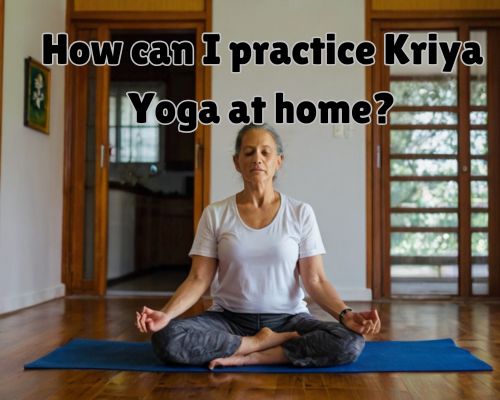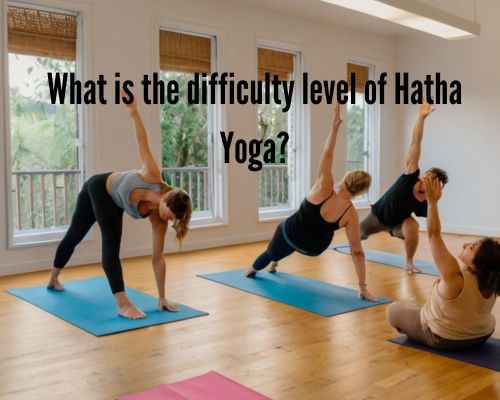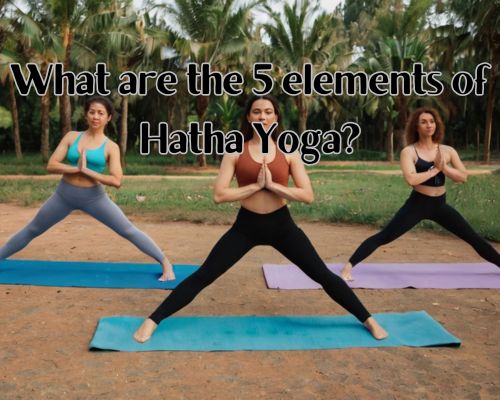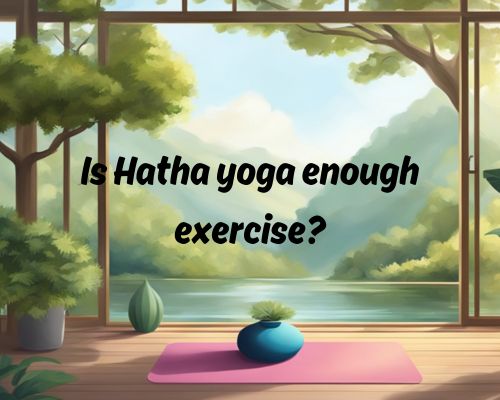What Is the Most Relaxing Yoga Style? Discover Tranquility in Mornington, Australia
Yoga is widely celebrated for its ability to calm the mind, strengthen the body, and bring balance to everyday life. For many, the ultimate goal is relaxation, making it essential to explore the most calming yoga styles that help achieve this sense of peace. If you’re in Mornington, Australia, where stunning coastal views and a relaxed lifestyle create the perfect backdrop for wellness, finding the most relaxing yoga style can elevate your journey to tranquility.
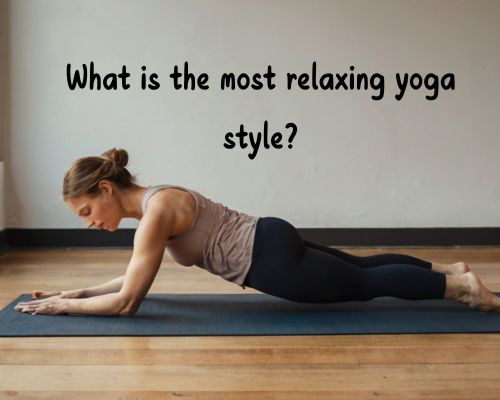
Why Relaxation is Essential in Yoga
Before diving into the most relaxing yoga styles, it’s important to understand why relaxation plays such a pivotal role in yoga practice. Stress is a common part of modern life, often leading to burnout, anxiety, and other health challenges. Yoga, with its emphasis on breath, movement, and mindfulness, serves as an antidote to stress by activating the parasympathetic nervous system—the body’s “rest and digest” mode.
For residents and visitors in Mornington, where the serene beaches and tranquil environment naturally encourage relaxation, yoga acts as an excellent tool to deepen this connection with inner peace.
The Most Relaxing Yoga Style: Restorative Yoga
If you’re searching for the ultimate in relaxation, Restorative Yoga is often regarded as the most calming yoga style. This practice focuses on passive stretching with the support of props like bolsters, blankets, and blocks. Each pose is held for an extended time—sometimes up to 20 minutes—allowing the body to fully relax into the posture without exertion.
Benefits of Restorative Yoga
- Deep Relaxation: By holding supported poses, you give your body permission to release tension.
- Improved Sleep: This practice can help regulate your nervous system, making it easier to fall asleep and stay asleep.
- Enhanced Recovery: Restorative yoga is ideal for those recovering from illness, injury, or high-intensity workouts.
- Stress Reduction: Focused breathing and mindfulness in restorative yoga calm the mind and reduce cortisol levels.
For those in Mornington, practicing restorative yoga in a setting close to nature—such as a yoga studio overlooking the ocean—can amplify its calming effects, see https://bikramyogamornington.com.au/.
Other Relaxing Yoga Styles to Consider
While restorative yoga is a top contender, several other yoga styles offer deeply relaxing experiences. Here are a few you can explore in Mornington:
1. Yin Yoga
Yin Yoga is another deeply soothing practice that emphasizes stillness and long-held poses. Unlike restorative yoga, Yin focuses on stretching the connective tissues, such as fascia and ligaments. This slow-paced style encourages introspection and mindfulness, making it ideal for those seeking both physical and emotional release.
In Mornington, attending a Yin Yoga session at a local studio—perhaps one with a view of the Port Phillip Bay—can add a meditative element to your practice.
2. Hatha Yoga
Hatha Yoga is often described as the foundation of modern yoga. It combines gentle movements, controlled breathing, and meditation. While it can include dynamic poses, many Hatha classes focus on slower, deliberate movements, which are perfect for beginners or those seeking a more relaxed experience.
Local Mornington studios offering Hatha Yoga may also include community sessions in parks, providing the chance to breathe deeply in fresh coastal air.
3. Yoga Nidra
Often called “yogic sleep,” Yoga Nidra is a guided meditation practice that induces deep relaxation. While technically not a movement-based yoga style, it complements physical practices like Hatha or Yin by helping you achieve profound mental clarity and rest.
In Mornington, many wellness retreats or yoga studios offer Yoga Nidra sessions, which are often paired with sound therapy for an enhanced experience.
Finding Yoga Studios in Mornington
Mornington is home to a vibrant wellness community, with yoga studios, see https://bikramyogamornington.com.au/, catering to both beginners and advanced practitioners. Whether you’re a resident or just visiting, you can find a range of classes tailored to relaxation and stress relief.
Top Locations to Explore:
- Beachside Studios: Look for yoga classes near Mornington Beach, where the sound of the waves can create a naturally relaxing ambiance.
- Wellness Retreats: Mornington Peninsula is famous for its retreats, which often include yoga, meditation, and spa services in tranquil settings.
- Outdoor Yoga: Join a session in one of Mornington’s beautiful parks, like Mornington Park or Civic Reserve. Practicing in nature adds another layer of relaxation to your experience.
How to Choose the Right Style for You
If you’re new to yoga or unsure which style will suit you best, consider the following tips:
- Assess Your Goals: Are you looking to relieve stress, improve flexibility, or recover from fatigue? Your goals will guide your choice.
- Try Different Classes: Many studios in Mornington offer trial sessions or drop-in classes, allowing you to sample various styles.
- Talk to Instructors: Local yoga teachers can recommend the most suitable classes based on your needs and experience level.
- Listen to Your Body: The most relaxing yoga style for you is the one that feels natural and enjoyable. Trust your instincts!
Incorporating Relaxation into Daily Life
Yoga doesn’t end when the class is over. To make relaxation a consistent part of your routine, consider integrating these practices into your day:
- Morning Breathing Exercises: Start your day with five minutes of deep breathing to center yourself.
- Stretch Breaks: Take short yoga-inspired stretch breaks during work to release tension.
- Evening Wind-Down: Practice a restorative yoga pose, like legs-up-the-wall, before bed to signal your body that it’s time to rest.
Living in Mornington, with its relaxed pace and natural beauty, offers countless opportunities to cultivate mindfulness and relaxation both on and off the yoga mat.
Conclusion: Finding Your Tranquility in Mornington
The quest for the most relaxing yoga style often leads to discovering Restorative Yoga, Yin Yoga, and Yoga Nidra, each offering unique pathways to relaxation. In Mornington, Australia, these practices take on an even greater significance, as the town’s serene environment enhances the benefits of yoga.
Whether you’re practicing in a cozy studio, by the beach, or in a peaceful park, yoga provides a sanctuary from the stresses of life. By exploring the most relaxing yoga styles and embracing the tranquility of Mornington, you can find balance, peace, and a renewed sense of well-being.



